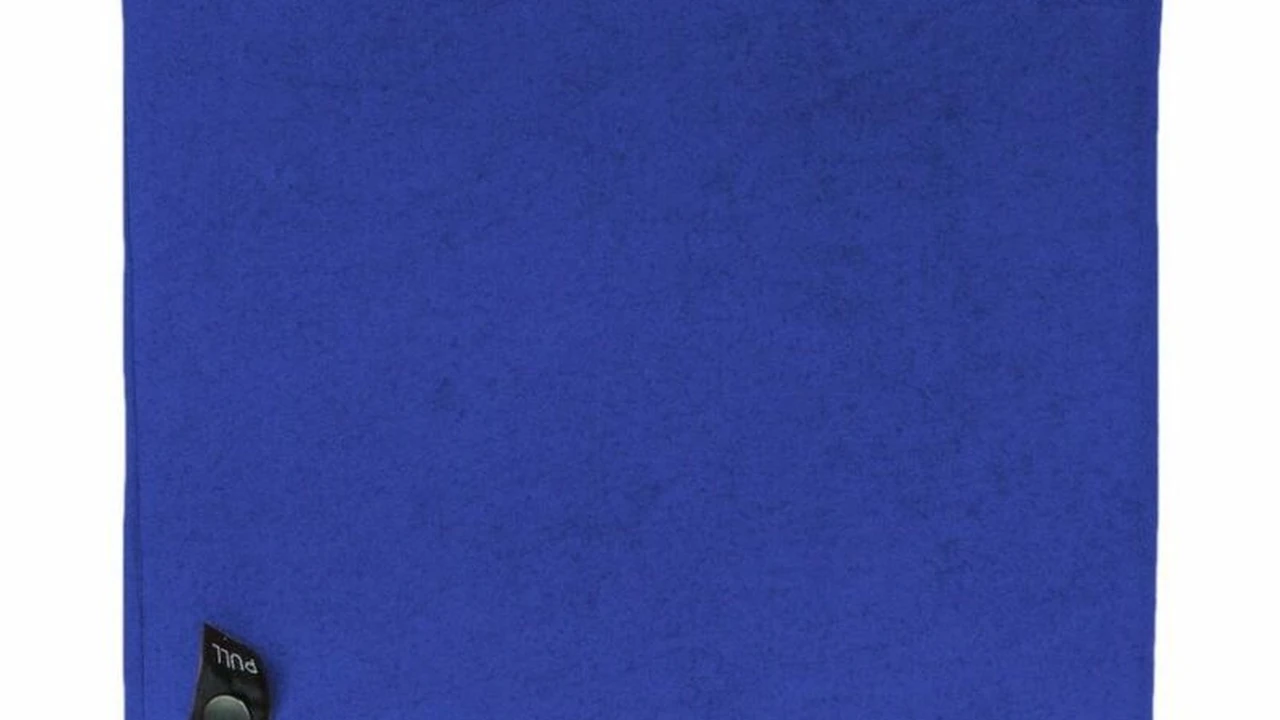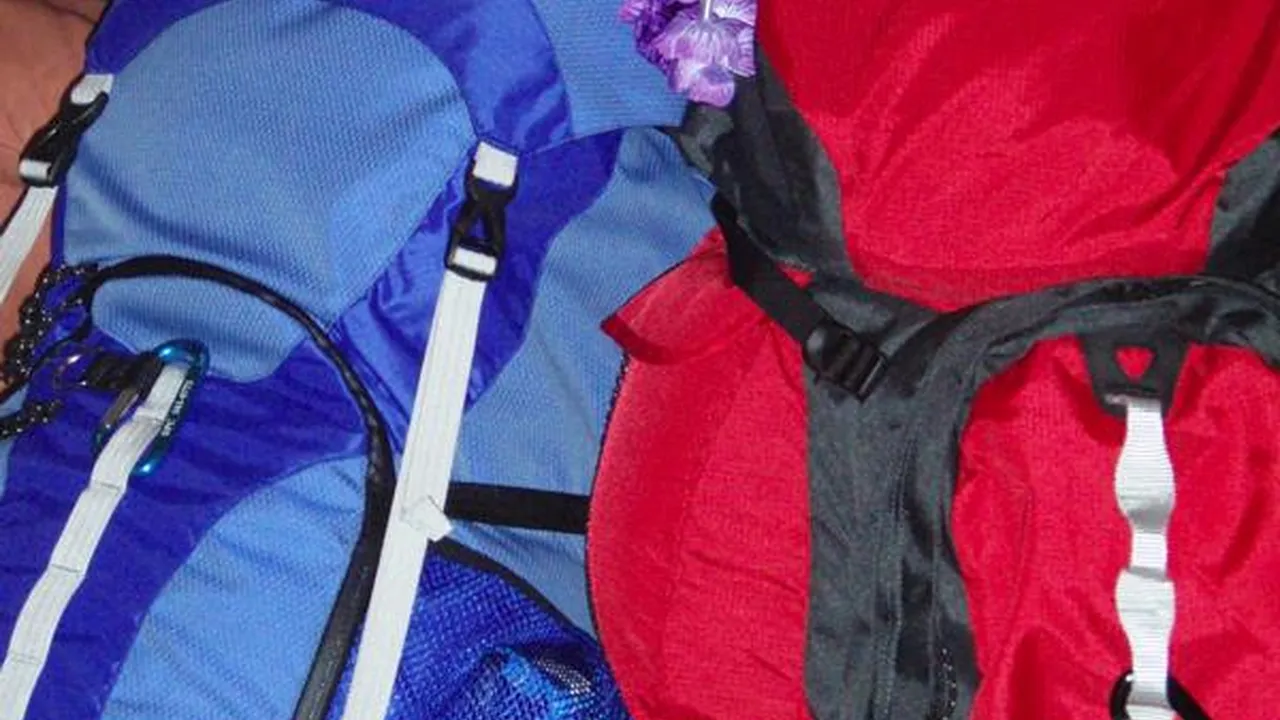Best Travel Towels for Backpacking
Save space and weight with a quick-drying travel towel. We review the best travel towels, comparing absorbency, size, and material. Stay clean and dry without adding bulk to your backpack.

Why You Need a Travel Towel
Okay, let's talk travel towels. You might be thinking, \"A towel is a towel, right?\" Wrong! When you're backpacking or adventure traveling, space and weight are everything. A regular bath towel is bulky, heavy, and takes forever to dry. That's where travel towels come in. They're designed to be super absorbent, quick-drying, and incredibly compact. Trust me, once you switch, you'll never go back.
Microfiber vs Linen: Choosing the Right Material for Travel Towels
Travel towels usually come in two main materials: microfiber and linen. Let's break down the pros and cons of each:
Microfiber Travel Towels
Microfiber towels are the most common type of travel towel. They're made from a blend of polyester and polyamide, which gives them their amazing absorbent and quick-drying properties.
- Pros:
- Super Absorbent: Microfiber can absorb several times its weight in water.
- Quick-Drying: Dries much faster than cotton towels.
- Lightweight: Very light and easy to pack.
- Compact: Folds down to a small size.
- Affordable: Generally more budget-friendly than linen.
- Cons:
- Feel: Some people don't like the feel of microfiber against their skin. It can feel a little \"clingy.\"
- Odor: Can sometimes retain odors if not properly cleaned.
- Static: Can generate static electricity.
Linen Travel Towels
Linen towels are made from the fibers of the flax plant. They're a more natural and sustainable option compared to microfiber.
- Pros:
- Natural Material: Made from flax fibers, a renewable resource.
- Durable: Linen is a strong and durable fabric.
- Absorbent: Highly absorbent, though not quite as much as microfiber.
- Quick-Drying: Dries quickly, though slightly slower than microfiber.
- Gets Softer with Use: Linen becomes softer and more absorbent with each wash.
- Less Odor Retention: Naturally resistant to odors.
- Cons:
- Price: Generally more expensive than microfiber.
- Wrinkles: Linen wrinkles easily.
- Weight: Slightly heavier than microfiber.
Size Matters: Choosing the Right Size Travel Towel
Travel towels come in various sizes, from small hand towels to large bath sheets. Consider your needs and how you plan to use the towel when choosing a size.
- Small (Hand Towel Size): Great for drying hands, face, and small spills. Compact and lightweight.
- Medium (Body Towel Size): Suitable for drying your body after a shower or swim. A good balance of size and portability.
- Large (Bath Sheet Size): Provides full coverage for drying off. Can also be used as a beach blanket or makeshift sarong. Least compact option.
Recommendation: For most backpackers, a medium-sized towel is the best compromise. It's large enough to dry your body but still packs down small.
Top Travel Towel Recommendations: Products and Use Cases
Alright, let's get down to the nitty-gritty. Here are some of my top travel towel recommendations, complete with use cases, comparisons, and price points (prices are approximate and can vary).
1. PackTowl Personal
- Material: Microfiber
- Sizes: Face, Hand, Body, Beach
- Price: $10 - $30 (depending on size)
- Use Case: General backpacking, camping, gym
- Features: Super absorbent, quick-drying, lightweight, comes with a convenient carry bag.
- Why I Like It: The PackTowl Personal is a classic for a reason. It's reliable, affordable, and comes in a range of sizes. The carry bag is a nice touch for keeping it separate from your other gear.
- Comparison: Compared to other microfiber towels, the PackTowl Personal is known for its durability and consistent performance. It might not be the absolute *most* absorbent towel on the market, but it strikes a great balance between performance and price.
2. Sea to Summit DryLite Towel
- Material: Microfiber
- Sizes: XS, S, M, L, XL
- Price: $15 - $40 (depending on size)
- Use Case: Hiking, swimming, travel in humid climates
- Features: Extremely lightweight, packs down incredibly small, dries very quickly, comes with a snap-on loop for hanging.
- Why I Like It: The Sea to Summit DryLite Towel is all about minimizing weight and bulk. It's perfect for ultralight backpacking or any trip where space is at a premium.
- Comparison: This towel is thinner than the PackTowl, making it dry even faster but also slightly less absorbent. If you're REALLY concerned about weight, this is the way to go.
3. Nomadix Towel
- Material: Recycled Microfiber
- Sizes: One Size (Large)
- Price: $40 - $50
- Use Case: Beach, yoga, travel
- Features: Made from recycled plastic bottles, sand-resistant, absorbent, quick-drying, stylish designs.
- Why I Like It: The Nomadix Towel is a great option if you're looking for a more sustainable and versatile towel. It's perfect for the beach because sand doesn't stick to it, and it's also absorbent enough for drying off after a swim. Plus, the designs are really cool.
- Comparison: More expensive than other microfiber options, but the eco-friendly materials and stylish designs make it worth the price for some. It's also larger than many travel towels, so keep that in mind if you're trying to pack light.
4. Coyuchi Cloud Loom Organic Linen Towel
- Material: Organic Linen
- Sizes: Bath Towel, Bath Sheet, Hand Towel, Washcloth
- Price: $30 - $70 (depending on size)
- Use Case: Travel where comfort and natural materials are a priority, glamping, road trips.
- Features: Made from organic linen, highly absorbent, quick-drying, gets softer with each wash, luxurious feel.
- Why I Like It: If you're willing to splurge a bit, the Coyuchi linen towel is a fantastic choice. It's incredibly soft and absorbent, and it gets even better with age. It's a more luxurious option for travelers who appreciate natural materials and don't mind a bit of extra weight.
- Comparison: Significantly more expensive than microfiber towels. While it's absorbent and quick-drying, it's not quite as compact as microfiber. Best for travelers who prioritize comfort and sustainability over absolute minimalism.
Caring for Your Travel Towel: Keeping it Fresh
To keep your travel towel in good condition and prevent odors, it's important to care for it properly.
- Wash Regularly: Wash your travel towel after each trip, or more frequently if you're using it daily.
- Use Mild Detergent: Avoid using harsh detergents or bleach, as they can damage the fibers.
- Air Dry: Hang your towel to air dry whenever possible. Avoid using a dryer, as the heat can damage the fibers and reduce absorbency.
- Avoid Fabric Softener: Fabric softener can leave a coating on the fibers, reducing absorbency.
- Store Properly: Store your towel in a dry place when not in use.
Where to Buy Travel Towels: Online and In-Store Options
You can find travel towels at a variety of retailers, both online and in-store.
- Online Retailers: Amazon, REI, Backcountry, Sea to Summit, PackTowl
- In-Store Retailers: REI, sporting goods stores, camping supply stores, department stores
When shopping online, be sure to read reviews and compare prices before making a purchase. In-store, you can feel the towels and get a better sense of their size and texture.
Final Thoughts: Making the Right Choice for Your Adventure
Choosing the right travel towel can make a big difference in your comfort and convenience on the road. Consider your needs, budget, and preferences when making your decision. Whether you opt for a lightweight microfiber towel or a luxurious linen one, a travel towel is an essential piece of gear for any adventurer.
:max_bytes(150000):strip_icc()/277019-baked-pork-chops-with-cream-of-mushroom-soup-DDMFS-beauty-4x3-BG-7505-5762b731cf30447d9cbbbbbf387beafa.jpg)






